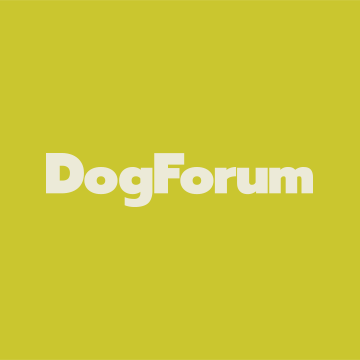I have been struggling with constant sniffing when ever I take my dog outside of the house.
He seems to get tunnel vision while sniffing the ground, so much that he is unaware of his surroundings and even me trying to get his attention and if he bumps into something or I jerk the leash, he jumps like it startled him. He jumps like this when he knows he is doing something wrong.
This leads me to believe he is aware that I don't approve of the sniffing, but he continues to do it until I physically lift his head off the ground with a foot or hands.
As soon as we go somewhere away from the house, it's nose to the ground in a mad rush forward, but still moves with me, not pulling just to the max extent of the leash.
Along with the sniffing, he also will basically drag his tongue over the ground or floor (leaving a nice wet streak).
He does this on or off leash.
This annoys me like crazy and I don't know how to correct this behavior.
He won't respond to treats and ignores clicker/commands, physical intervention is the only thing that breaks the sniffing tunnel vision.
He's an adult and not a puppy.
Is anyone able to help me get his head up and off the floor while walking/being outside the house?
He seems to get tunnel vision while sniffing the ground, so much that he is unaware of his surroundings and even me trying to get his attention and if he bumps into something or I jerk the leash, he jumps like it startled him. He jumps like this when he knows he is doing something wrong.
This leads me to believe he is aware that I don't approve of the sniffing, but he continues to do it until I physically lift his head off the ground with a foot or hands.
As soon as we go somewhere away from the house, it's nose to the ground in a mad rush forward, but still moves with me, not pulling just to the max extent of the leash.
Along with the sniffing, he also will basically drag his tongue over the ground or floor (leaving a nice wet streak).
He does this on or off leash.
This annoys me like crazy and I don't know how to correct this behavior.
He won't respond to treats and ignores clicker/commands, physical intervention is the only thing that breaks the sniffing tunnel vision.
He's an adult and not a puppy.
Is anyone able to help me get his head up and off the floor while walking/being outside the house?




